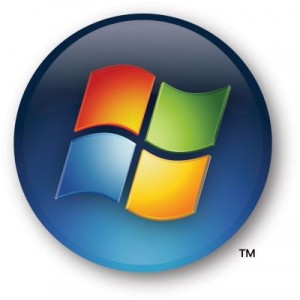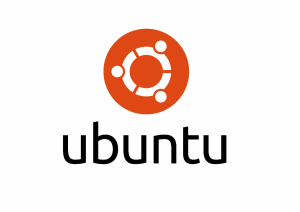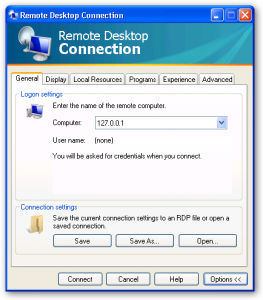Windows Fundamentals for Legacy PCs (WinFLP) is a thin-client operating system from Microsoft. It was originally announced with a codename of Eiger and Mönch in mid-2005, and was released on the 8th of July 2006.
Microsoft’s intent is to provide a thin-client operating system that will provide basic computing services on older hardware, while retaining much of the modern core technology in Windows XP Service Pack 2, such as Windows Firewall, Group Policy, Automatic Updates, and other management services. Users would typically make use of line-of-business applications that are hosted on a remote server using Remote Desktop. This version of Windows will not support wireless networks, dial-up, or VPN connections, but it will support operating as a diskless workstation and remote booting.
WinFLP is not intended to be a general-purpose operating system, and as such will not be made available through retail or OEM channels. Microsoft sees WinFLP as an inexpensive upgrade option for corporations that have a number of Windows 9x computers, but won’t invest in new hardware to support a full operating system. It is available to Software Assurance customers.
Just like previous Microsoft Windows codenames, Whistler and Blackcomb, Eiger and Mönch are mountains. Whistler and Blackcomb are in British Columbia, Eiger and Mönch in Switzerland.
Minimum System Requirements
- 64MB RAM (128MB Recommended)
- Pentium class processor
- 500 MB HDD (1GB recommended)
- 800×600 screen resolution or higher
- Network Interface Card
What’s fatter than a thin client, but svelter than Windows XP? Microsoft’s forthcoming “lean” client, code-named “Eiger.”
Eiger, a stripped-down version of Windows XP Professional, is designed for customers who want more security and manageability, but who aren’t ready or able to upgrade to Windows XP, according to Microsoft officials. It is not a thin client in the traditional sense. Instead, Microsoft will offer it as an interim, “bridge” solution for enterprise users who ultimately plan to move to XP or Longhorn, officials said.
Steven Bink a Microsoft certified systems engineer based in Amsterdam, was the first to go public with details about Eiger, when he published specs for the product on his Web site in April. (Bink also published specs for a counterpart to Eiger, code-named “Monch.” Microsoft officials say that Monch is nothing more than a wish-list of features and is not a product under development. Eiger and Monch are names of mountains in Switzerland.)
“We have a set of customers running old PCs and old operating systems – even as old as Windows 95,” said Barry Goffe, a Windows group product manager. “These customers are primarily concerned about security, though some also are concerned about improving the manageability and TCO (total cost of ownership) of these systems.”
Eiger will bring these users up to par with the level of security provided by XP Service Pack 2, Goffe said. It won’t include the XP help and support content, wireless networking support and certain operating services found in XP, however. Eiger will run on legacy systems with as little as 64MB of RAM, a Pentium-class processor and 500 MB hard drive. Eiger is designed to replace Windows 95, Windows 98 and NT 4 Workstation running on these systems.
Microsoft’s solution? Provide these enterprise customers with an interim “lean” client – something between the “smart”/fat Windows XP client and the Windows XP Embedded thin client – that will allow them to “preserve their investments in their older PCs,” Goffe explained.
Goffe denied that Microsoft is looking at Eiger as a way to stave off defections from older versions of Windows to Linux or other alternative operating systems.
“Everyone I talk to wants to go to XP, but some don’t have the resources or the ability to go there right now,” Goffe said.
Eiger will be a good solution for PC users who want to improve the security and manageability of PCs running in terminal-services or mainframe-terminal-emulation mode, as well as those acting as Internet-Explorer-based clients connecting to back-end line-of-business applications.
“Eiger is not a general-purpose operating system. It can’t run games, office-productivity software or line-of-business applications,” he said. “We’ll tell users that these kinds of things won’t run well in this environment.”
One thin-client expert said he understands Microsoft’s desire to field a product in this space.
“Windows XP Embedded is too hard to use, and thin clients that support it are too expensive. There are a lot of little rinky-dink products out there that “convert” old PCs into thin clients, and I think Microsoft doesn’t want to lose the chance to make these into real Windows-managed devices,” said Brian Madden, a thin-client consultant and author.
“Personally I think this is a great idea, and once again shows Microsoft’s commitment to the server-based computing model,” Madden added.



